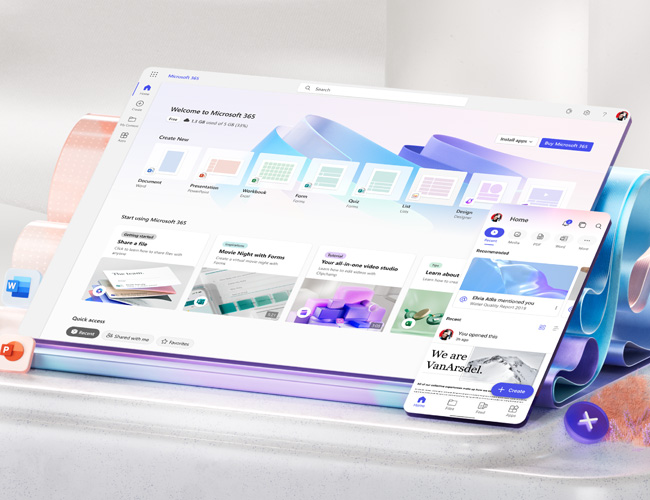Microsoft 365 Governance
Governance planning for Microsoft 365 is about making sure that you are protecting your critical information assets while minimizing risk. Governance includes several key areas, each of which needs to be planned, coordinated, and adapted to align with changing organizational needs and the evolution of the technology.


Operational Assurance
keeping the platform operational, ensuring performance. This is largely an IT task with most of the work provided by Microsoft.
Security and Compliance POC
Lito solutions recommends PoC for each security and compliance service to be implemented.
Information Assurance
managing content throughout the life cycle, treating information as an asset, including records management, compliance, and security. Information assurance requires an understanding of both business goals and regulatory requirements. Ideally, you want to use automated policies that prevent users from making mistakes or warn them in scenarios where they need to make an informed decision. Where it is not possible to enforce by policy, you need to plan for education and training.
Outcomes Assurance
teering empowered site or team owners in the right direction to achieve business results. Outcomes assurance is largely about providing guidance to content authors and site, group, and team owners – ensuring that the appropriate training is available to ensure that they know how to make good choices to get desired outcomes within overall organizational standards and practices.

What Will LITO Offer You?
your investment in Microsoft 365 is only as good as the value of the content and experiences you enable – so thinking about governance at the start of your journey ensures that you neither lock down or enable too much before you have had a chance to understand and evaluate the implications of each decision. There are multiple “knobs and dials” you can turn in Microsoft 365. An effective governance plan is critical to achieve business goals – but governance is about balancing risk with benefits. If we lock everything down, people will find a way to work around the rules if they need to do so to get work done.
Best Practice training
We Carefully reviewing governance decisions early in the deployment allows organizations to understand the complete environment – business, regulatory, legal, compliance – and plan a solution that optimizes for all outcomes – balancing risks with benefits – sometimes accepting the risk and other times, choosing not to accept the risk. If you make informed decisions up front, you get better outcomes without sprawl and unmanaged content.
Adapt to different Department and different types of content and scenarios
Governance decisions are unique decisions for each organization – one size does not fit all. Not only does each organization have different governance needs, but governance decisions are often not the same for each type of content in Microsoft 365. For example, governance for team content may be different from governance for intranet content and from individual content in OneDrive.
Align to business priorities and Demos
The time to start thinking about governance is when you are identifying the key business priorities for the solutions you build in Microsoft 365. These key business outcomes define the context for governance planning. This is important because your business goals can help you define how much time and energy you need to invest in governance. For example, if improving content discoverability across the organization is not very important, you probably do not need to spend too much time focused on enforcing or planning file naming conventions.
